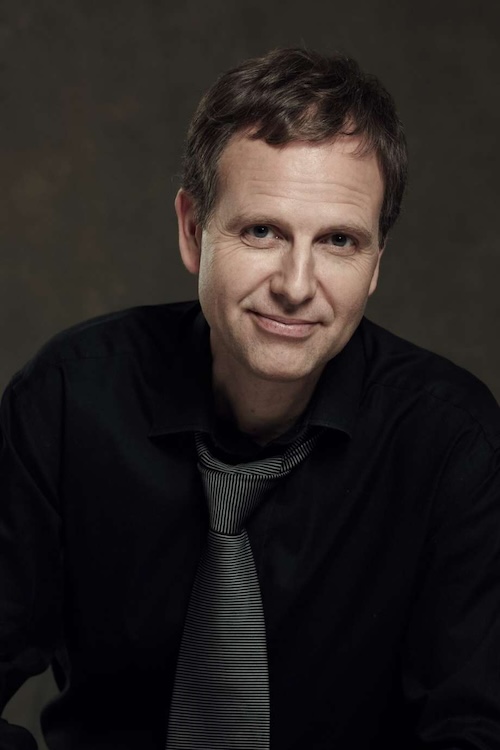Palm Beach Symphony wraps season with virtuosic Chopin, stirring Beethoven
The Palm Beach Symphony ended its season Monday with a program that contained nothing that would have surprised an audience in 1890.
After a season that abounded in contemporary and American works, the orchestra stuck to the classics for its final concert: Brahms’ Academic Festival Overture, Chopin’s Piano Concerto No. 2 and Beethoven’s Fifth Symphony.
But if the concert at the Kravis Center didn’t represent the ensemble’s boldest programming of the season, it showed off the skills of an orchestra that continues its sharp improvement under music director Gerard Schwarz. The orchestra’s unity, balance and tone, particularly in the Beethoven, was considerably better than it had been just two or three years ago.
For the Brahms work that opened the concert, the stage looked a bit crowded, and that’s because it was. For that work, the orchestra had invited musicians from the community, from students to retirees, to rehearse and participate in the performance. A total of 108 outside musicians qualified, bringing the number of performers on stage to 181.
The resulting performance may have lacked the precision of the orchestra’s usual work, particularly in fast passages. But enthusiasm counts for a lot in live concerts. From the overture’s mock-somber opening to the triumphant finale, this was a lively, jubilant performance, and from the goodwill it generated, this seems like an experiment worth repeating.
The soloist in the Chopin concerto was Kevin Kenner, professor of piano at the University of Miami’s Frost School of Music, where Schwarz leads the student orchestra and teaches conducting.
Kenner was a second place winner at the XII International Chopin Piano Competition in 1990 and his feel for Chopin’s music was apparent throughout the performance. Aside from the virtuosity he displayed in the composer’s demanding music, he played the melodies with a natural rubato that brought out the music’s tension, wistfulness and yearning without ever letting it lose shape.
In the Larghetto, he played the main theme with a lofty delicacy that allowed the music to speak for itself, bringing a liquid ease to the elaborate ornamentations that surround the melody. He gave a lively account of the concluding Allegro vivace. Chopin’s concertos don’t give the orchestra much to do while the pianist is playing, but the ensemble played the opening tuttis and the fitful orchestral passages sprinkled through the work with unity and vigor.
As an encore, he and the orchestra played more Chopin, the Grande Polonaise Brillante. Here Kenner unleashed his virtuosity for a blazing account of the demanding work, with muscular attacks at the lower end of the range and a delicate angularity in fast passages.
In Beethoven’s Fifth Symphony, the orchestra gave one of its finest performances, one that ranks with its absorbing February account of Mahler’s Symphony No. 1.
Precision always counts, but it’s particularly important in the symphony’s taut opening Allegro con brio, built around the most famous motif in classical music. The orchestra played with unity, full, rounded tones and weight, as Schwarz guided the ensemble through the abrupt crescendos and sudden pianissimos that give the movement so much of its drama.
In the Andante, lyric passages for violas and cellos provide much of the slow movement’s unique flavor, and those sections played with mellow, ripe tones in the opening melody and the ensuing quicker variations. The movement’s brassy climaxes can turn raucous in some performances, but Schwarz maintained balances so these moments came off as weighty and powerful, not blaring.
Cellos and basses played with bumptious energy in the opening of the Scherzo. In the shadowy transition to the last movement, Schwarz kept the music pianissimo until the final movements, for an abrupt and powerful shift to the shining major-key finale, giving a jubilant energy to the last notes of the season.
Posted in Performances
Leave a Comment
Tue May 20, 2025
at 10:06 am
No Comments



